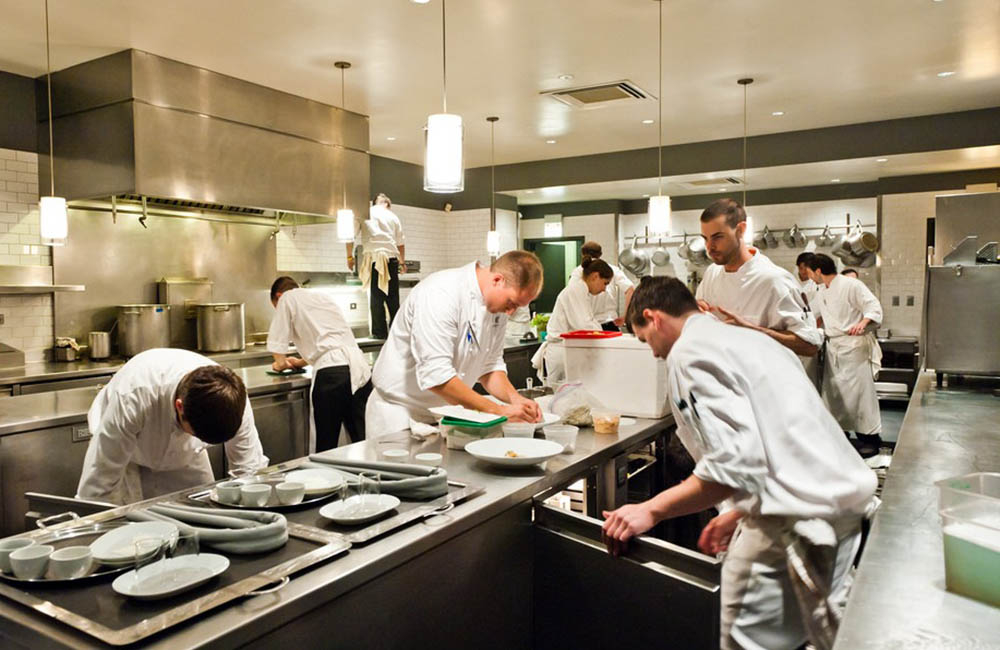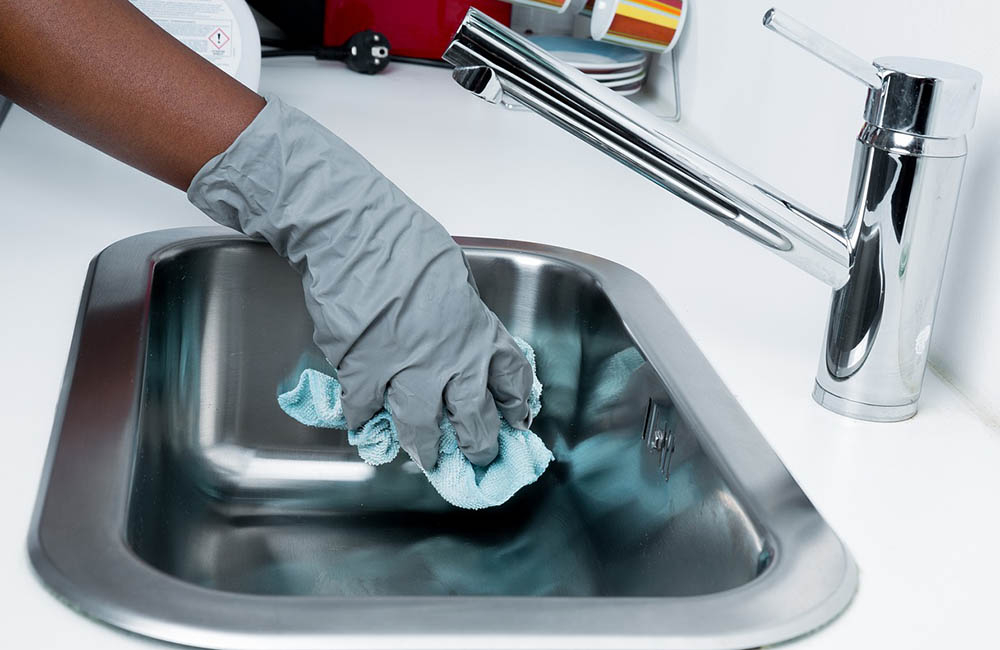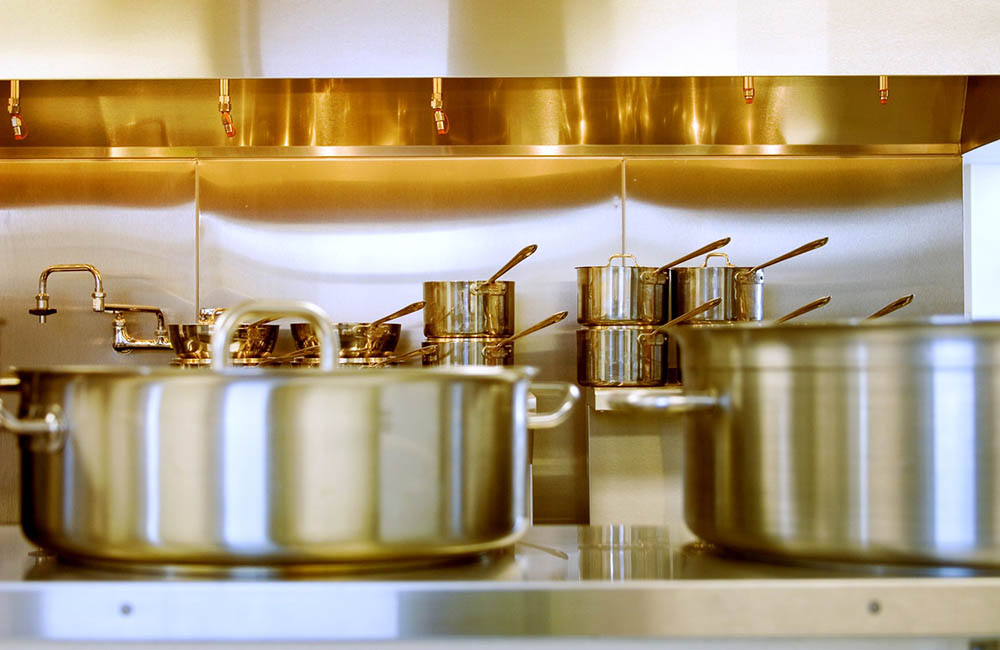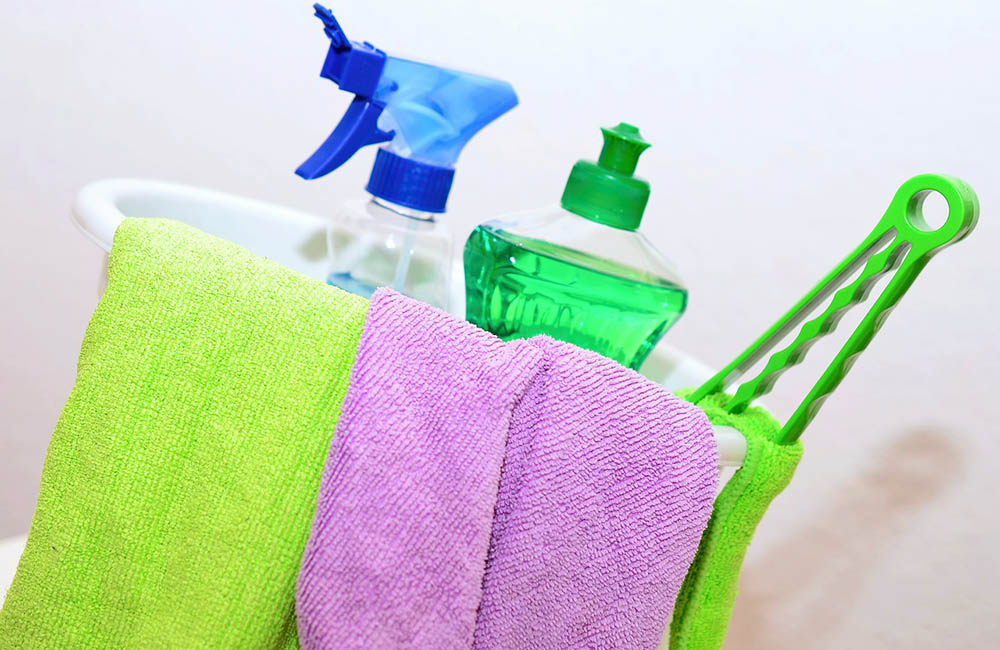Food sanitation is a must in the restaurant business, but a lot of owners try and reduce their costs by cutting corners. One area where cutting corners isn’t advised is kitchen sanitation. Staff members may want to leave early on a Friday night, and you may want to close up shop to save on utility bills and wages.
It's understandable, but not in the restaurant business.

What is the Difference Between Food Sanitation and Food Safety?
Food sanitation and food safety are not the same.
-
Food sanitation. Sanitation in the kitchen is also very important. Food sanitation encompasses the facility and equipment in a restaurant. All of the equipment can be home to bacteria, so it’s very important that it be well-maintained and cleaned.
-
Food safety is considered how the food is handled to prevent foodborne illnesses. This may include proper storage and discarding of expired food. Safety will also include a person washing their hands during the prep process. Food safety sanitation is very important in the control of foodborne illnesses, and restaurants should have guidelines in place that all staff members must follow.
Restaurant food safety is key to your business’s success, and if your restaurant is not sanitary, you can be shut down.
If you fail to keep your sanitation procedure up to standards, it can cause you to:
-
Ruin your brand’s image
-
Lose customers
-
Have a fire (more on that soon)
Running a restaurant responsibly is difficult, but not following food sanitation rules is negligence. Hopefully you’re not thinking about cutting back costs when it comes to cleanliness and sanitation, but if you are, here are a few great reasons to change your mind:
1. Lower Rating Scores
Restaurants have grade scores. You can often see them posted outside at fast food restaurants near the drive-thru. And these scores mean a lot to the customers that come into your establishment.
If a restaurant had a C rating, you should be questioning the quality of their food. Most jurisdictions will provide what’s known as an inspection report, and these reports are often made public. A perfect score is 100, and a B is 89 – 80, a C 79 – 70 and so on. But these scores are just an indicator that something is amiss.
The full report will list issues that were found, and this may include:
-
Proper food holding temperatures
-
Cooking and reheating compliance
-
Good hygiene practices
-
Approved food source information
And a slew of other issues may be noted. When a customer sees a score that isn’t high, they may question what may have been missed by the inspector.
It's a negative mark on your restaurant’s reputation when your score is low, or if your restaurant fails inspection, it may have to be shut down until the issue is rectified. If for no other reason on this list, you should follow kitchen sanitation rules to keep a good reputation in the community.

2. Violations Can Lead to Fines
When an inspector comes in, they will be searching for all food safety violations. The inspector will also assess a fine for serious violations. How much are these fines? It really depends. Food safety and sanitation are very important, and inspectors do not want patrons to get sick.
Some fines are $100, and most are around $800 (depending on the location). Serious violations can cost thousands of dollars in fines. You’ll be required to pay these fines, and there’s another issue: news.
3. News Outlets Often Report Food Safety Violations
A negative side effect of failing an inspection or receiving a bad grade is that news outlets will pick up on the issue. When nothing else is going on locally, reporters will dig into these inspections to try and find out if any local restaurants would make a good news story. The media will often reach out to managers and owners to tell their side of the story.
It's the right of the public to know of these violations, and if a customer’s favorite restaurant is listed, they may decide to bring their business elsewhere.

4. Restaurant Sanitation is Meant for Your Safety, Too
Food sanitation and restaurant sanitation are both meant for the owner’s safety, too. A prime example of this is a restaurant that has kitchen grease buildup. The grease should be cleaned properly, but when it’s not, this increases the risk of fire dramatically. In fact, 50% of restaurant fires are caused by grease buildup.
Do you want to skimp on sanitation when it could cause your entire restaurant to burn down?
Inspections also make sure that you’re keeping your staff members safe, and this is very important in the restaurant business. One example is chemical use and storage, which is a very common violation. Knowing the local rules and regulations will ensure that you’re properly storing all of your chemicals. Staff members and patrons can become very ill if these chemicals end up in their food.
Following proper storage is a safeguard for your business.
5. You Want Only the Best for Your Customers
Most restaurant owners want the best for their customers, and cutting back on food sanitation is not the best for your customer.
Did you know that 128,000 people in America are hospitalized because of foodborne illnesses? An estimated 3,000 of these people will die because of these illnesses. Following restaurant sanitizer guidelines can help keep these potential illnesses under control.
It's your responsibility to serve food that will not make your guests ill. If you fail to meet it and a person does become sick or dies, you may have a hefty lawsuit to deal with. The negative press alone, before any settlement is met, may be enough to bankrupt your business.

What is the Best Way to Ensure Food Safety at a Food Facility?
When dealing with food safety, there are four main areas of focus:
-
Chilling
-
Preparation methods
-
Cooking
-
Serving
Procedures should be in place to ensure that food safety standards are followed in all of these four main points.
If you want to ensure food safety in a restaurant, you must follow strict guidelines. Employees must all be trained, and know what these guidelines are and how to best follow them. A few of the key points to remember are:
-
Food temperatures should be kept in the 41-degree to 135-degree zone to keep foodborne illnesses at bay.
-
Internal food temperatures should be kept to industry standards. This may change, but it’s typically 165 – 170 degrees for chicken and 155 – 160 for ground beef.
-
Food should be served promptly to avoid any contamination. Food bar food should be kept cold.
-
Foods should be chilled under 41 degrees, and the chilling process should occur under a cover to prevent cross-contamination.
When it comes to food sanitation, it’s important that all of the following are included in your procedures:
-
Hand sanitizations
-
Appliances
-
Food storage
-
Food prep areas
-
Pots and pans
-
Utensils
All of these areas will have food sanitation requirements, and this may include:
-
Keeping items 99.99% bacteria-free
-
Securing handles for pots and pans
-
Ensuring lids have proper handles
-
Using food grade metals
Appliances must be in proper operating order, and this will include any cracks or crevices cleaned that may harbor bacteria. Utensils ought to be non-porous so that bacteria cannot reside in the porous area.
If you want the best for your customers and your business, it’s in your best interest to never skimp on restaurant sanitation. Not only will the rules and regulations keep your customers happier, but you’ll be able to create internal guidelines that all staff can follow to keep your establishment up and running properly.


